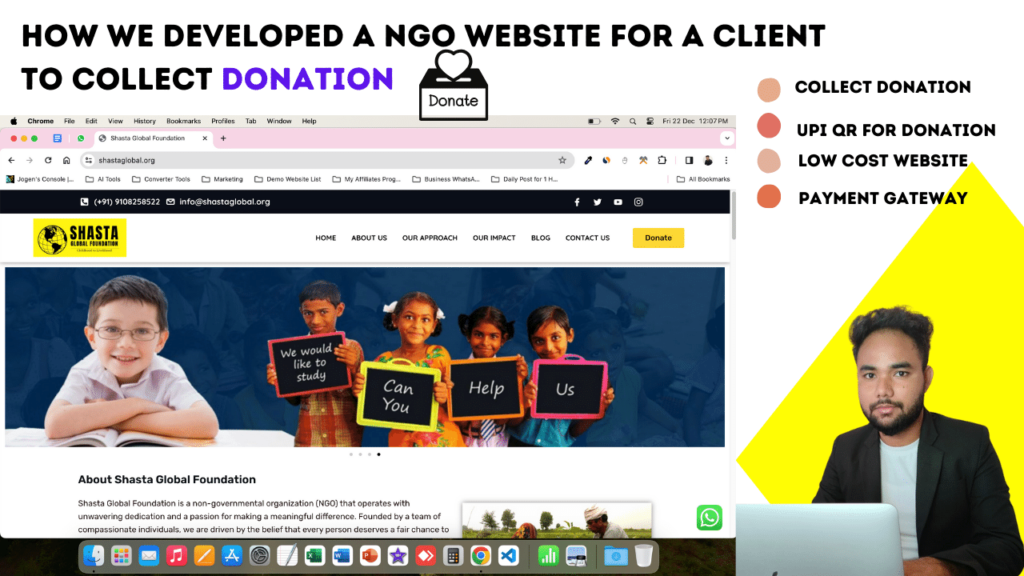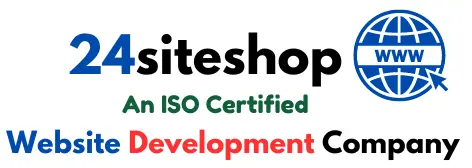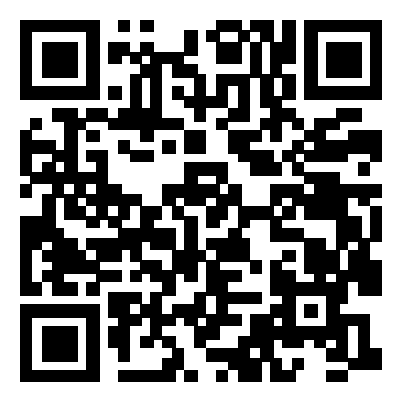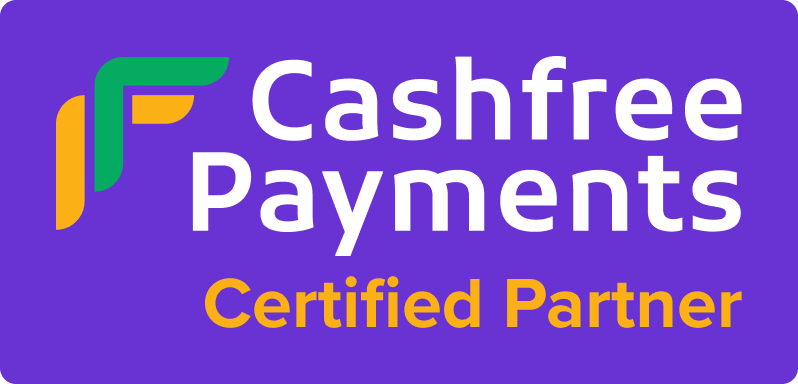
Introduction:
Welcome to 24siteshop.com, your go-to resource for website development tips and tutorials! In today’s guide, we’ll delve into the essential steps on how to create a NGO website using WordPress. As the founder of a website development agency, I’ve chosen WordPress for its user-friendly interface and robust features, making it the perfect platform for NGOs looking to establish a compelling online presence.
In this tutorial, we’ll explore the crucial aspects of creating a NGO website, focusing on the WordPress platform. Follow along as we break down the process, providing insights and tips that empower you to showcase your NGO’s mission effectively.
Section 1: The Importance of a NGO Website
Discover why having a strong online presence is vital for NGOs. A well-designed website facilitates increased visibility, improved communication with stakeholders, and an impactful showcase of the organization’s work.
Section 2: Planning Your NGO Website
- Define Your Goals: Before diving into the technicalities, understand the specific goals of your NGO website.
- Identify Target Audience: Tailor your content to resonate with your target audience, ensuring a meaningful online connection.
Section 3: Choosing the Right Platform
Uncover the benefits of using WordPress for NGO websites. Explore the simplicity of this platform and learn why it aligns seamlessly with the needs of non-profit organizations.
Section 4: Step-by-Step Guide to Creating a NGO Website
- Domain and Hosting: Selecting the right domain name and hosting provider is the initial step in your WordPress journey.
- Installation: Follow a step-by-step guide on installing WordPress and kickstart your NGO website project.
- Themes and Customization: Choose a theme that aligns with your NGO’s branding and customize it to make a lasting impression.
Section 5: Content Creation and Optimization
- Page Structure: Learn how to structure essential pages like Home, About Us, Programs, and Contact for a cohesive user experience.
- Keyword Integration: Discover the art of seamlessly integrating the focus keyword “how to create a NGO website” throughout your content for optimal search engine visibility.
Section 6: Embedding Your YouTube Tutorial
- Explain the Benefits: Enhance your understanding of the process by watching our step-by-step video tutorial. Dive into the practical aspects of creating a NGO website on WordPress by watching the embedded tutorial directly within this post.
Section 7: Tips and Best Practices
Explore additional tips and best practices to keep your WordPress-powered NGO website up-to-date and engaging for your audience.
For a more detailed guide, continue reading as we walk you through each stage of how to create a NGO website with WordPress. Let’s empower your NGO with a compelling online presence!
Section 8: Choosing the Right Payment Gateway for Donations
In the realm of non-profit websites, a critical aspect to consider is setting up a seamless and secure payment gateway for donation collection. Making it easy for supporters to contribute financially is paramount for the success of your NGO. Here’s a guide on how to choose the best payment gateway:
1. Security Matters:
When selecting a payment gateway, prioritize security. Look for options that comply with industry standards and employ encryption technologies to safeguard sensitive donor information. Trust and transparency in financial transactions are crucial for building donor confidence.
2. User-Friendly Interface:
Opt for a payment gateway with a user-friendly interface. The donation process should be intuitive and hassle-free for donors. A straightforward experience encourages repeat donations and fosters a positive relationship with your supporters.
3. Compatibility with WordPress:
Ensure that the chosen payment gateway seamlessly integrates with WordPress. Many reputable payment gateways offer dedicated plugins or easy integration options, streamlining the setup process on your NGO website.
4. Transaction Fees:
Consider the transaction fees associated with each payment gateway. While some gateways may have lower upfront costs, others may charge a percentage per transaction. Assess your NGO’s financial model to choose a payment gateway that aligns with your budget and fundraising goals.
5. International Donations:
If your NGO operates globally or has an international donor base, check whether the payment gateway supports international transactions. Accessibility is key to maximizing your fundraising efforts.
6. Recurring Donation Support:
For NGOs looking to establish a steady stream of income, choose a payment gateway that supports recurring donations. This feature allows donors to set up automatic, periodic contributions, fostering long-term support for your cause.
7. Integration with Donation Software:
Some payment gateways seamlessly integrate with specialized donation management software. Explore options that provide robust features for tracking and managing donations effectively.
8. Customer Support:
Evaluate the level of customer support offered by the payment gateway provider. In times of technical issues or inquiries, responsive and helpful customer support can make a significant difference in maintaining a smooth donation process.
By carefully considering these factors, you can choose a payment gateway that not only meets the technical requirements of your NGO website but also enhances the overall donor experience. Remember, a well-chosen payment gateway is a key component in building trust and facilitating ongoing support for your organization’s mission.
Section 9: Alternative Options for NGOs Without Required Documents
While traditional payment gateways often require specific documentation, NGOs without a registration certificate or necessary paperwork can still explore alternative methods to facilitate donations. Here are viable options for those facing such constraints:
1. Personal OR and Bank Details:
In the absence of formal organizational documentation, NGOs can consider using personal identification details, such as a Personal Overseas Resident (OR) card or relevant government-issued identification. Additionally, utilizing personal bank details can serve as an interim solution for donation collection.
2. Peer-to-Peer Payment Platforms:
Explore the use of peer-to-peer payment platforms that allow individuals to transfer funds directly. Platforms like PayPal, Venmo, or Cash App may be suitable for smaller-scale donations, offering a straightforward way for supporters to contribute without the need for extensive documentation.
3. Cryptocurrency Donations:
Embrace the world of cryptocurrency donations as an innovative and decentralized alternative. Cryptocurrencies like Bitcoin or Ethereum allow for borderless and secure transactions, and donors may appreciate the anonymity and simplicity of this method.
4. Crowdfunding Platforms:
Leverage crowdfunding platforms that handle the payment processing on your behalf. Platforms like GoFundMe or Kickstarter manage transactions, making it easier for NGOs to receive donations without the need for complex documentation.
5. Offline Donation Channels:
Implement offline donation channels for supporters who prefer traditional methods. Provide bank account details for direct transfers or set up physical collection points for cash donations. Ensure transparency by clearly communicating these options on your website.
6. Educate and Communicate:
Clearly communicate the temporary use of personal details or alternative methods on your website and donation pages. Educate donors about the situation and assure them of the security measures in place to protect their information.
7. Plan for Future Compliance:
While utilizing alternative methods, actively work towards obtaining the necessary documentation for traditional payment gateways in the future. This demonstrates a commitment to transparency and compliance with regulatory standards.
Remember, while these alternatives can help NGOs collect donations without immediate access to required documents, it’s essential to communicate openly with donors and maintain transparency throughout the process. As your organization grows and formalizes its structure, transitioning to a traditional payment gateway with proper documentation should be a long-term goal.
Also you can check Amazing WordPress Web Design Trends here https://www.designrush.com/agency/wordpress-web-design/trends/wordpress-web-design-trends to enhance your NGO website.


